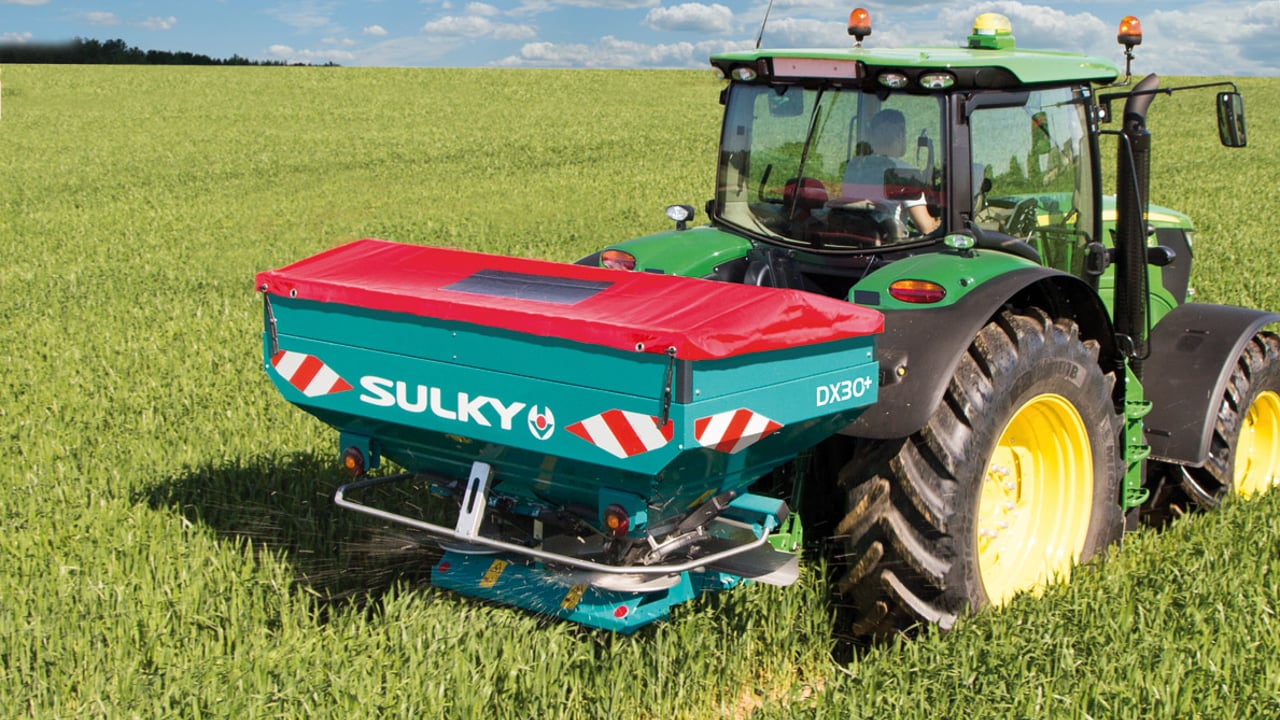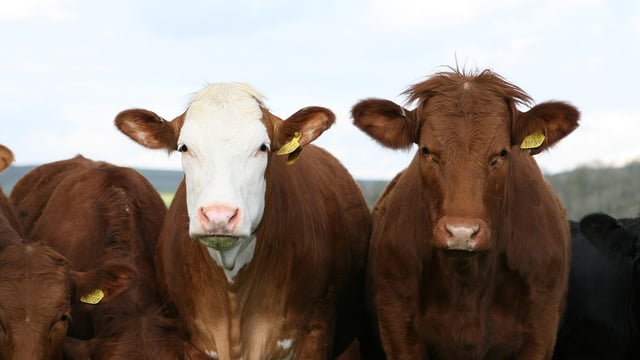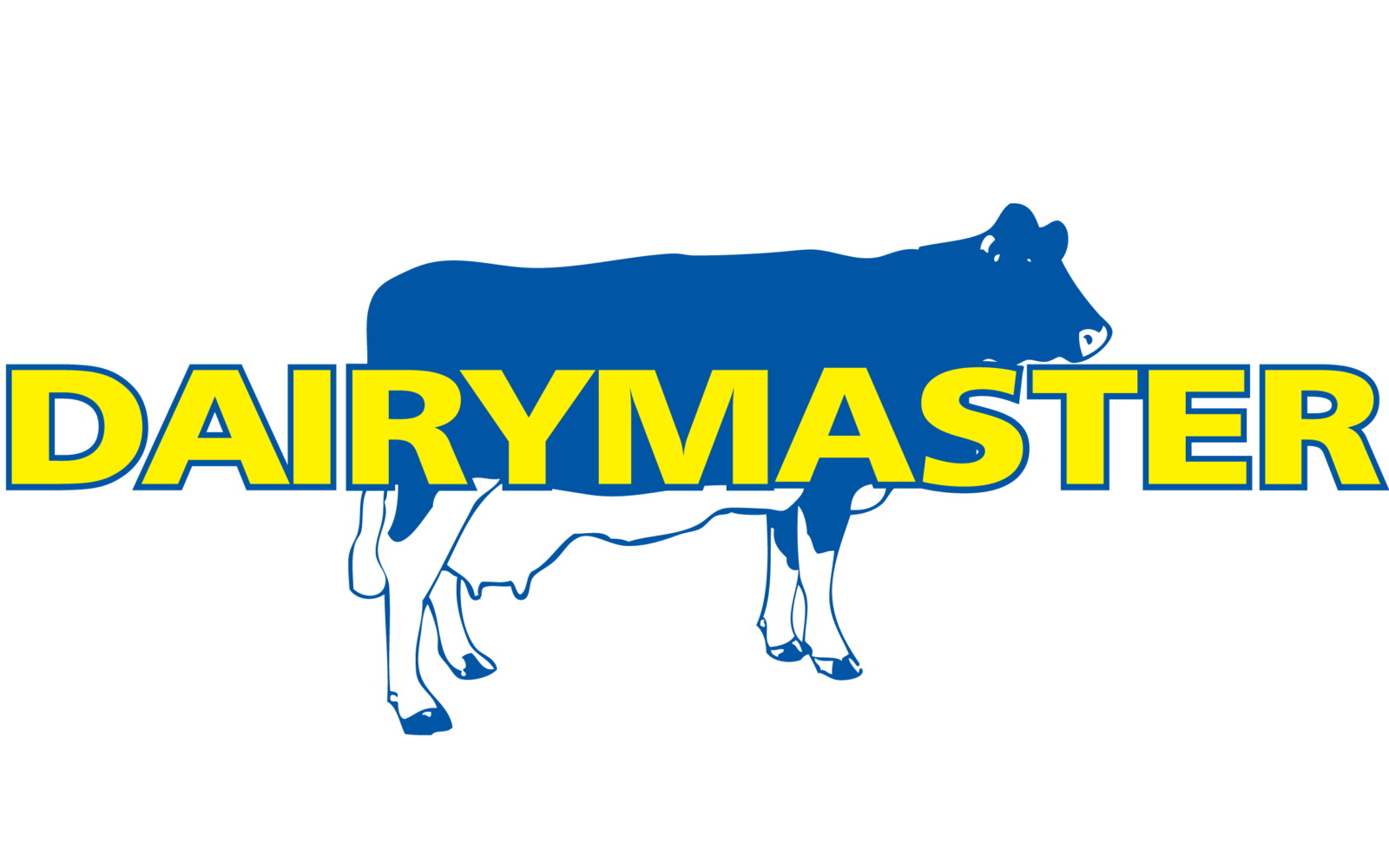Time to prioritise completion of nutrient management plans
Farmers have been advised that all nutrient management plans (NMPs) should be completed by this stage.
According to Teagasc tillage specialist, Shay Phelan it is time for farmers to commit to their NMPs and he is also keen to highlighted how the use slurry can benefit tillage farms at this time of the year.
Phelan said: “Slurry is an extremely valuable nutrient source for crops. But its use and the movement of slurry from livestock farms must be fully recorded by growers.
“All chemical fertiliser acquisitions must also be fully registered.”
Meanwhile, Teagasc’s series of regional spring tillage seminars continues apace. The next event takes place in the Keadeen Hotel, Newbridge today (Monday, January 20).
Each event addresses a number of key issues that will have a direct bearing on the management of tillage farms over the coming weeks.
These include; spring crop rotation, balancing financial returns, nutrient management, and variety selection; nutrient planning, ensuring allowed fertiliser purchases do not exceed purchases on the DAFM fertiliser database.
The events will also deal with cost control including assessing crop establishment costs and using on-farm trials to gather actionable insights and agronomy updates ,managing forward crops, tackling grass weeds, and preventing Barley Yellow Dwarf Virus (BYDV).
Meanwhile the 2025 Teagasc National Tillage Conference takes place in the Lyrath Hotel, Kilkenny on Wednesday, January 29.
Supporting sustainable crop production is a key theme of the event but there will also be updates on new weed and crop disease control measures.
The conference takes place following confirmation that Teagasc research scientists have developed a new method to facilitate more accurate detection of BYDV in both the barley host and the aphid vector.
It is known that the BYDV virus is spread by aphid species such as the English grain aphid and the bird-cherry oat aphid.
In order to support integrated pest management and to develop more robust tools to monitor aphid borne diseases in Ireland, Teagasc Walsh Scholar, Virgile Ballandras, completed a study with Teagasc and Maynooth University.
This work has led to the development a droplet digital PCR assay to detect and quantify BYDV-MAV and BYDV-PAS: two of the main BYDV species found in Ireland; in their barley host and aphid vectors.
Overall, the study proved successful, showing that a droplet digital PCR assay could be used to differentiate the two BYDV species from each other in both the aphid and the barley plant.
This should allow for a better understanding of the underlying BYDV infection and transmission from the early stage of infection to the appearance of the symptoms.





